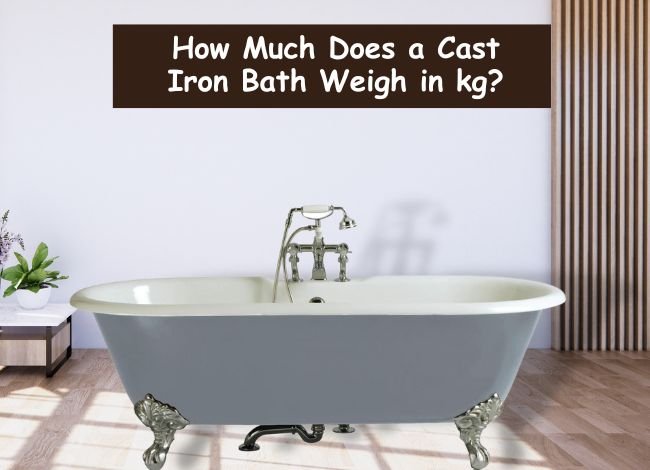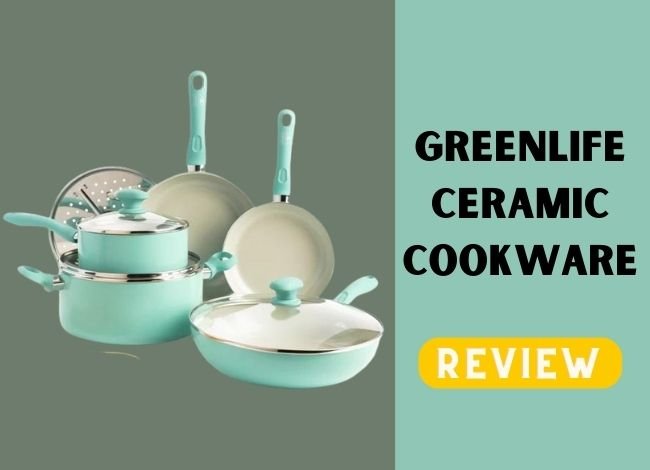Last Updated on January 10, 2024
When considering installing a new bathtub, weight can be a significant factor, especially if you’re thinking of a cast iron tub. These bathtubs are prized for their durability, heat retention, and vintage aesthetic, but their weight can sometimes be a drawback, especially if you’re looking to place one in an upstairs bathroom. In this article, we will delve into the weight of cast iron bathtubs, the factors influencing their weight, and some considerations when planning an installation.
1. Average Weight of Cast Iron Bathtubs
Most standard cast iron bathtubs typically weigh between 136 kg to 181 kg (or 300 to 400 pounds). This is considerably heavier than other materials like acrylic, which often weigh less than 68 kg (150 pounds). However, the weight can vary depending on the size, style, and additional features of the bathtub.
2. Factors Influencing Weight
- Size: Naturally, larger tubs will weigh more than smaller ones. Cast iron bathtubs come in various sizes, from petite 4-foot versions suitable for small bathrooms to luxurious 6-foot models that are perfect for spacious setups.
- Style: A freestanding clawfoot tub may weigh more than a built-in or alcove tub because it often has more material used in its design. Additionally, the intricacy of design details can also add to the weight. For instance, ornate clawfeet or decorative embellishments can add several kilograms to the bathtub’s total weight.
- Thickness: The thickness of the cast iron used plays a significant role in the tub’s weight. Thicker walls mean better insulation and durability but also add more weight.
- Additional Features: Some cast iron tubs come with built-in tapware, handrails, or other fixtures. These additions can influence the final weight of the bathtub.
3. Why the Heft of Cast Iron Bathtubs?
The weight of a cast iron bathtub is largely due to its manufacturing process. The tub is made by pouring molten iron into a mold of the desired bathtub shape. Once cooled and solidified, the cast iron tub is removed from the mold and coated with porcelain enamel. This coating gives the tub its smooth, glossy finish and makes it resistant to scratches and other damages.
Not only does the casting process ensure a robust and long-lasting product, but the weight itself offers some advantages:
- Heat Retention: One of the reasons many people opt for cast iron bathtubs is their excellent heat retention properties. The mass of the bathtub helps to keep bathwater warm for longer periods.
- Durability: The substantial weight often translates to a tub that can withstand the test of time, making them a one-time investment for many homeowners.
4. Considerations for Installation
With the weight of a cast iron bathtub in mind, here are some considerations if you’re thinking of installing one:
- Floor Support: Ensure the floor where the bathtub will be placed can support its weight, especially when filled with water and a person. This is particularly crucial for homes with wooden floor structures.
- Transportation: Due to its weight, moving a cast iron tub can be a challenge. It’s advisable to have several strong individuals or professionals to assist in moving and placing the bathtub.
- Installation: Some cast iron bathtubs may require specialized installation, especially if they’re freestanding. Ensure you’re familiar with the installation instructions or hire a professional plumber to handle the job.
5. Alternatives to Cast Iron
If you love the look and feel of a cast iron bathtub but are concerned about the weight, there are alternatives to consider:
- Acrylic Bathtubs: These are much lighter than cast iron and can mimic the look of a vintage tub.
- Fiberglass: A lightweight material, fiberglass can be a more manageable alternative, though it may not offer the same durability or heat retention as cast iron.
- Steel-Enamel Bathtubs: These are made from steel sheets coated with porcelain enamel, providing a middle ground between the weight of cast iron and the lightness of acrylic.
Related Articles:
- Cast Iron vs Ceramic Cookware: Which One Should You Invest In?
- Are Cast Iron Pans Better than Non-Stick Pans? Which Cookware
Conclusion
Cast iron bathtubs are a statement piece for any bathroom, blending aesthetics with functionality. However, their weight in kilograms can be a significant factor for homeowners to consider. By understanding the factors influencing their weight and the considerations for installation, you can make an informed decision about whether a cast iron bathtub is the right choice for your space. Whether you opt for the classic heft of cast iron or choose a lighter alternative, the key is to find a bathtub that suits your needs and complements the design of your bathroom.




